Change of heart | APRIL 8
In Austria’s new reality, opinions could change very quickly. In a news item from April 8, the Jewish Telegraphic Agency reports that Catholic clergyman, Pastor Breckle of Trinity Church in Vienna, wrote an article in “Catholic Action,” that referred to the Jews as “uninvited guests” in Europe. Breckle accused the Jews of “pushing themselves to the forefront” and praised Hitler’s approach as “free and humane.” Breckle had until recently been considered friendly toward the Jewish community.
Cutting Ties | APRIL 7
Was Hans Petzold, a 36 year-old native of Berlin, hoping to save himself by ending his affiliation with Judaism? Under a regime obsessed with racial purity, such measures made little difference. According to the “resignation card file” of the Berlin Jewish Community, Petzold filed to leave the Jewish religion (Judentum) on April 7, 1938. Curiously, an additional note indicates that he left the Jewish community the following month, on May 30. These files now held by the Centrum Judaicum Foundation at the Neue Synagogue in Berlin record the departures some 20,000 Berlin Jews from the faith or the community for many reasons going back to the 19th century. Some converted, some joined the orthodox secession community Adass Jisroel, and others simply moved away. After 1933, some may have hoped to escape persecution by the Nazi authorities.
Ausdruckstanz | APRIL 6
The April 6 event at the Jüdischer Kulturbund (Jewish Cultural Association) in Hamburg was dedicated to dance. Elsa Caro, also known by her stage name, Juana Manorska, used challenging music not originally intended for dance as the inspiration for her performance. Since the beginning of the 20th century, the fixed, formulaic repertoire of movements in classical ballet seemed limiting and outdated to some. German dancers, among them Elsa Caro and the “half-Jewish” Gret Palucca, were at the forefront of those experimenting with new forms, a movement that gave birth to Ausdruckstanz, also known as “Expressionist Dance” or “modern dance.”
One man can only do so much | APRIL 5
Thanks to a Rockefeller fellowship awarded to him in 1933, the distinguished Viennese economist Fritz Machlup had left Austria years before the “Anschluss.” In 1935, he was appointed Professor of Economics at the University of Buffalo. As was to be expected, after the Nazis established their hold in Austria, friends and colleagues pinned their hopes on him as a guarantor. In this April 5 missive to his friend Alfred Schütz, he expresses concern that his letters of support might lose credibility because he had written so many, but nevertheless includes a note in English offering to assist Schütz in establishing himself in the US.
Hope for US leadership | APRIL 4
On April 4, 1938, Arthur Sweetser, a member of the Secretariat of the League of Nations, met with US President Franklin D. Roosevelt. During the meeting, the two discussed the situation of German and Austrian Jews urgently seeking ways to emigrate. Roosevelt brought up the idea of an international conference. His reasoning was simple: only under determined US leadership could the problem be solved and other nations be convinced to take in Jewish refugees. It remains disputed whether the idea of a joint debate on the situation of the Jews under the Nazi regime came from Roosevelt himself or rather from high-ranking State Department officials.
Denied the right to make a living | APRIL 3
According to this JTA notice, April 3, 1938, marked an additional milestone in the curtailment of the professional freedom of Austrian Jews. From this day on, the Ministry of Justice could revoke at will the licenses of Jewish lawyers, with the exception of those who had been admitted to the bar before 1914 or were war veterans or the direct descendents of war veterans. Between 800 and 900 lawyers were estimated to be affected by the new provision. Another professional group that was impacted by the effects of Nazi policy was market vendors. Jews operating mobile as well as permanent stands were no longer entitled to make a living this way. Moreover, in the short period since the Nazi takeover, the first “Aryanizations” of Jewish-owned factories had already taken place.
Repression, resilience and relief | APRIL 2
By 1938, the ability of Jews to make a living had been seriously curtailed by a series of laws aimed at humiliating, isolating, and impoverishing them. While not all Jews were affected equally by these changes, the number of Jews dependent on the services of welfare organizations, such as the Jewish Winter Relief, was constantly on the rise. The level of solidarity and the support for the Winter Relief were remarkable. Much of the money came from small donations, and the Kulturbund held cultural events in support of the organization. Volunteers from women’s and youth groups assisted in the fundraising efforts.
Hotel Métropole | APRIL 1
Situated on Morzinplatz in Vienna’s central 1st District, the Hotel Métropole had been built for the Vienna World Exhibition in 1873. The luxurious building, designed by architects Carl Schumann and Ludwig Tischler, boasted a magnificent dining room and a splendorous inner court. After the Annexation of Austria, the Gestapo confiscated the hotel from its Jewish owners, and on April 1, 1938, the secret police began operations in their new headquarters in Vienna. With a staff of 900, it was the largest of the Gestapo offices in the Reich. The first order issued from the new headquarters was to transport a group of Austrian prisoners to the Dachau concentration camp. This photograph shows a tablecloth used at Hotel Métropole in better days.
A second Salzburg? | MARCH 29
The Austrian-born theater and film director Max Reinhardt emigrated to the US in October 1937, accompanied by his wife Helene Thimig, an actress. By introducing technical innovations and elevating the position of the director, Reinhardt played a pivotal role in the development of modern theater. With his production of H. von Hoffmannsthal’s “Jedermann” in 1920, he became one of the co-founders of the Salzburg Festival. Shortly after he settled down in the US, plans emerged to found “another Salzburg” festival in California. This time, he wrote his friend Arturo Toscanini, he would be working “under more favorable climatic and political conditions, and perhaps with greater financial means.” Among his achievements in the US were staging Werfel’s “The Eternal Road” (1937) and founding the Max Reinhardt Workshop for Stage, Screen and Radio, a theater and film academy in Hollywood (1937–1939). He did not think very highly of US audiences.
Religion, culture and the struggle for human dignity | JANUARY 29
This drawing shows the interior of the Prinzregentenstraße Synagogue in Berlin (Wilmersdorf). Built in 1930, the building was designed to fulfill the needs of a liberal congregation. As shown in the picture, the synagogue boasted a magnificent organ. Rabbi Leo Baeck gave the sermon at the opening ceremony. From 1933, when Jews began to be pushed out of Germany’s cultural life, the synagogue also became a Jewish cultural center.



